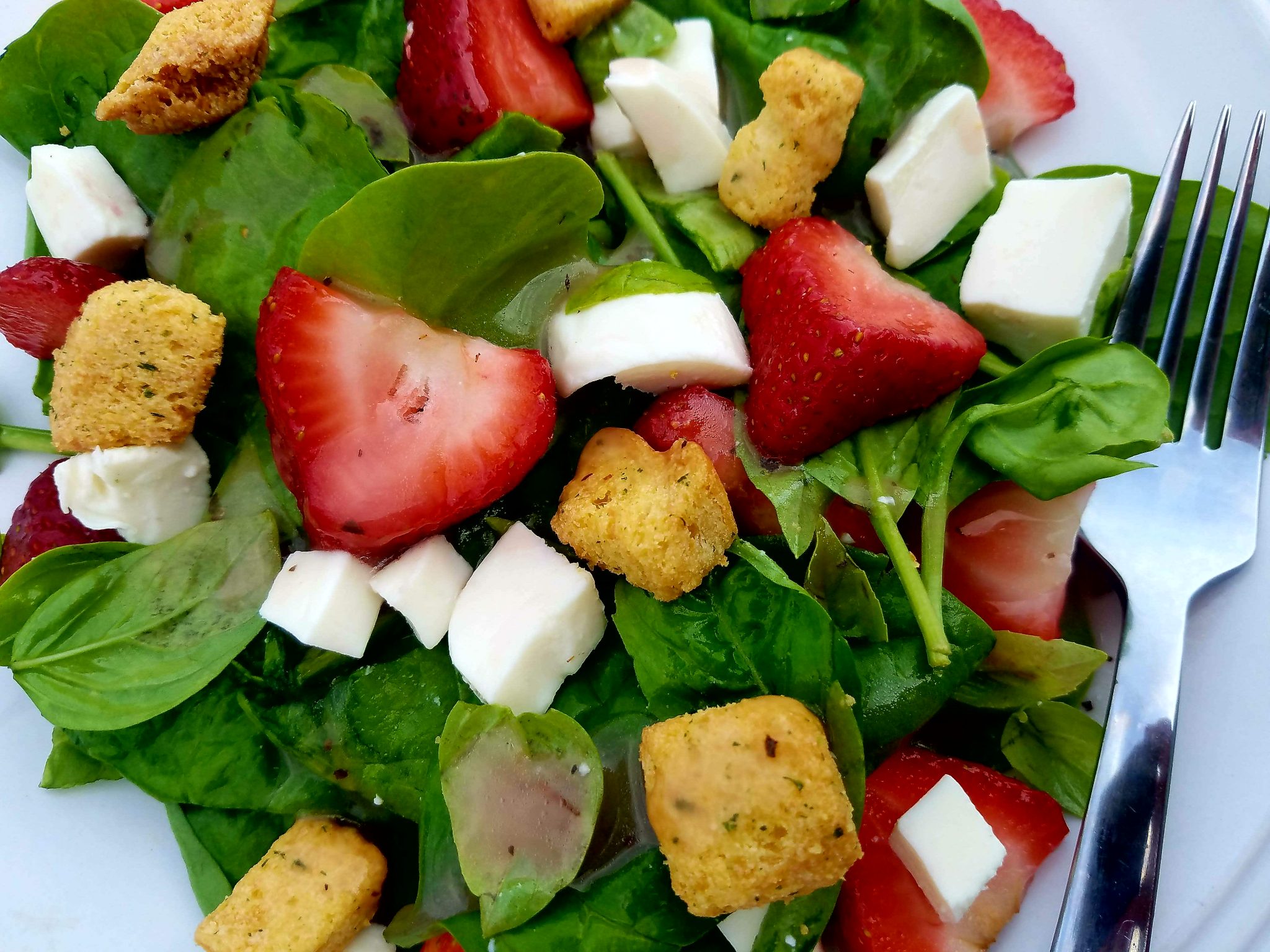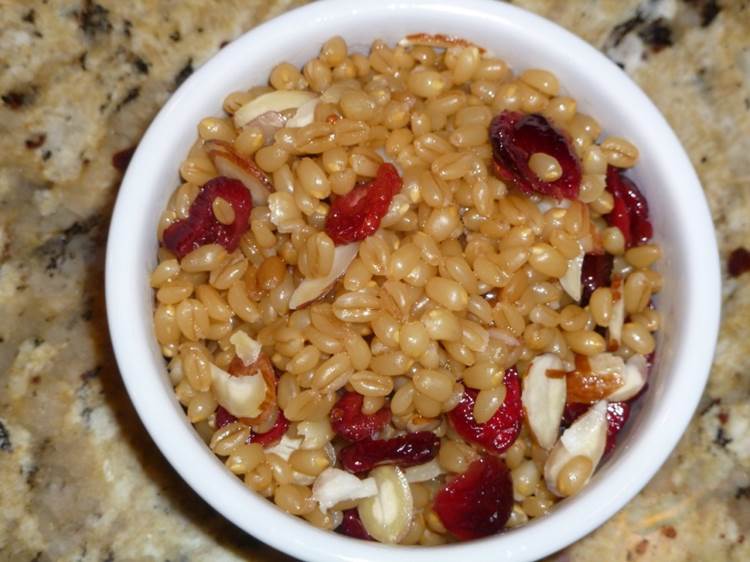A “Whole Grain” contain three distinct parts:
1) The Bran: a fiber-rich outer covering
2) The Germ: the vitamin and mineral rich powerhouse that the grain sprouts out of
3) The Endosperm: the inner portion of the grain
Whole grains contain the bran, germ, and endosperm and are nutrient-rich. Refined grains only contain the endosperm and are nutrient-poor.
Additionally, whole grains help to keep you satisfied throughout the day, curb hunger cravings, improve digestive regularity, regulate blood glucose, lower cholesterol, and reduce the risk for colorectal cancer.
Oh, did I mention that they are really cheap and easy to fix too?
Examples of Whole Grains:
Amaranth
Barley
Brown Rice
Buckwheat
Bulgur (cracked wheat)
Corn
Farro
Millet
Oats (oat groats, steel cut oats, old fashioned oats, quick oats)
Popcorn
Rye (whole)
Triticale
Quinoa
Wheat Berries
Ideally, try to include these intact grains in your diet regularly. You can also purchase products that are made from 100% whole grains such as:
100% whole grain bread (Ezekiel, Nature’s Own, Sara Lee, Pepperidge Farm, Arnold, etc.)
100% whole grain sandwich thins
100% whole grain cereal (Post Great Grains, Shredded Wheat, Bran Flakes)
100% whole grain pasta (Ronzoni, Muellers, Barilla)
100% whole grain crackers (Triscuits)
100% whole grain tortillas (Trader Joe’s, Whole Foods)
100% whole grain pita (Toufayan)
100% whole grain hot dog buns (Trader Joe’s, Pepperidge Farm)
100% whole grain rolls (Alexia frozen, Publix fresh bakery)
100% whole grain English muffins (Thomas’, Trader Joe’s)
100% whole grain bagels
100% whole grain pizza dough (Publix, Whole Foods, Trader Joe’s)
Look for the words “100% whole” grain or “100% whole” wheat on the front of the package. This means that all of the grains contain the bran, germ, and endosperm. Remember that “100% whole” grain is not the same as “made with whole grain.” All of the ingredients listed on the back of the package should be “whole” grains.
Foods that are NOT usually 100% Whole Grain may include:
White Bread
Wheat Bread
Honey Wheat Bread
7-Grain Bread, 9-Grain Bread, 12-Grain Bread
Products that are “made with” whole grains
The products listed above are usually made with enriched wheat flour (refined flour) or combinations of refined and whole grain flours.
Try to fill one quarter of your plate with whole grains:
Breakfast
Oatmeal with berries and skim or 1% milk
Whole grain cereal with peaches and soy milk
Fruit and yogurt smoothies with oats (it blends all together)
100% whole grain toast, bagels, or English muffins with a vegetable omelet
Lunch
100% whole grain sandwich with chicken
100% whole grain wrap or pita with hummus and vegetables
BBQ tempeh with cole slaw on a 100% whole grain roll
Dinner
Farro Salad with baked fish, and steamed vegetables
Quinoa with black beans, mango, cilantro, and lime juice
Brown rice with chicken and vegetables
Whole grain pasta with turkey meatballs and a salad
Click here to learn more about the benefits of whole grains.
Pictured above: Wheat Berry Salad with dried cherries, almonds, and orange zest from the Furman Culinary Club Whole Grain Workshop. Wheat berries are the most unrefined form of wheat and include the bran, germ, and endosperm. They can be found in natural foods stores inexpensively and can be boiled in water, just like rice.

